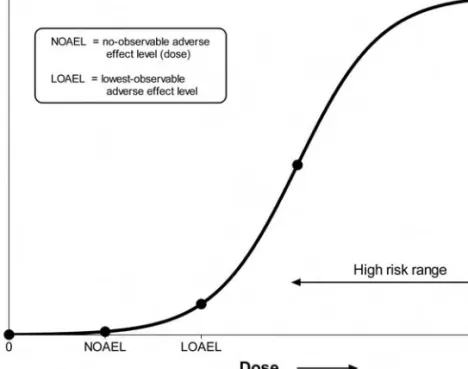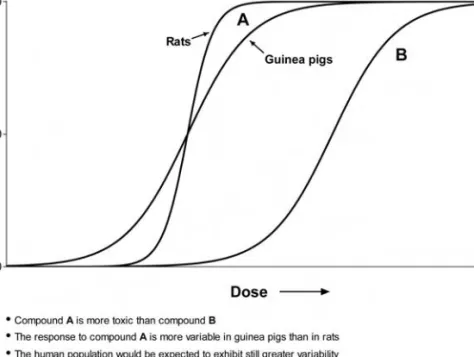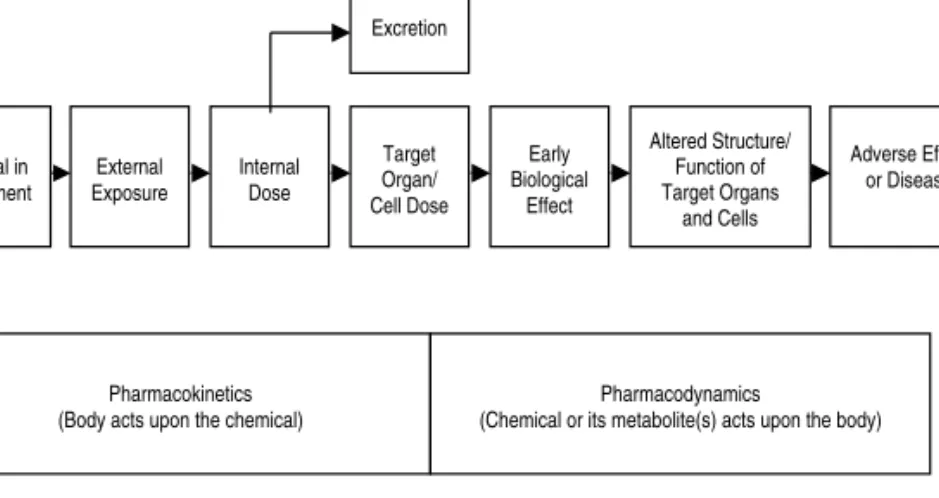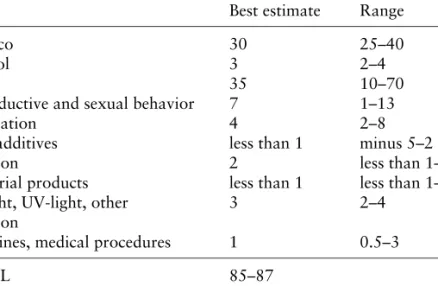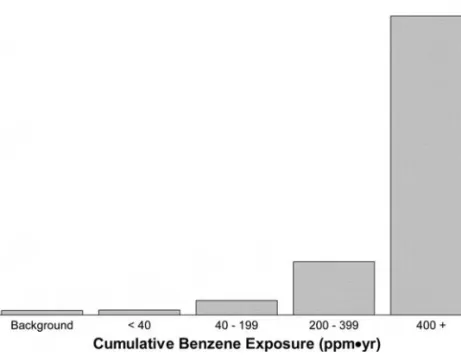It provides an explanation of the scientific basis for our concerns and uncertainties.” The Bulletin of Science, Technology and Society. The conditions of human exposure are a critical determinant of whether and how a chemical will cause injury or disease, so the discussion of chemical sources and exposure leads naturally to the main topic of the book - the science of toxicology. The main topics of the last third of this volume are risk assessment – the process of determining the likelihood that chemical exposure has or will produce toxicity – and risk control, or management, and the associated topic of public perceptions of risk in relation to risk. according to the judgment of experts.
We will use a specific example – the case of a group of chemicals called aflatoxins – to illustrate the kind of problem this book is designed to explore.
Preface to the second edition
Extended applications of the risk assessment framework include problems of nutrient deficiency and excess. Microbial pathogens that cause food poisoning are given some space in the risk assessment chapter dealing with emerging challenges. At the beginning of this preface I described a growing network of risk assessment practitioners and users; Although this description is accurate, it can create the wrong impression.
It is true that the topics in this book and the ways in which they come together within the risk assessment framework are increasingly being discussed and advocated by governments and by many non-governmental organizations and businesses.
Prologue – groundnuts, cancer, and a small red book
Cotton seeds grown in the southwestern regions of the United States, but not in the southeast, were found to be susceptible. In the context of the committee's report, the phrase was used to describe the considerations that must be given to the choice of scientific assumptions that are necessary to conclude a risk. The recommendations found in the 1983 report (which is still available from the National Academies and is a critical resource for understanding the current world of risk analysis policy) provide much of the framework for this book.
The committee's thinking on this important matter will be revealed in later chapters of the book.
Chemicals and chemical exposures
Of course, the development of the chemical industry did not result entirely from the work of theorists such as Kekul´e. 25 producing any type of damage, permanent or temporary, to the structure or functioning of any part of the body. Some of the lead in soil dissolves in water (medium 4) and moves through the roots of the maize plant and accumulates in the kernels of maize (medium 5).
I USA administreres de af Environmental Protection Agency (EPA), Occupational Safety and Health Administration (OSHA), Food and Drug Administration (FDA), Consumer Product Safety Commission (CPSC) og Food Safety and Inspec. - tionstjeneste (FSIS) i landbrugsministeriet.
From exposure to dose
29 taken into the body divided by the person's weight, expressed in kilograms (1 kg=1000 g). Calculating (or more correctly estimating) the dose requires knowledge of the weight of the chemical entering the body by each route. The substances in the environment that are essential for the health of the organism – the nutrients, the oxygen, the water – all undergo ADME.
Chemicals vary widely in the extent to which they are absorbed through the walls of the GI tract.
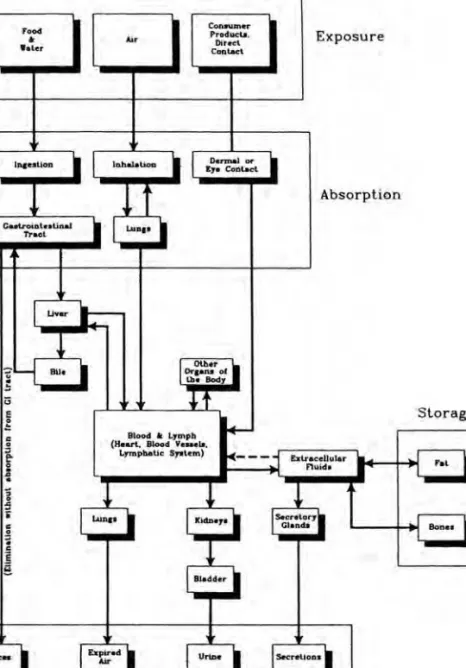
From dose to toxic response
This law was only the first of many that helped create the modern science of toxicology. Doses are often administered using a gastric tube - the so-called gavage method - to enable the toxicologist to accurately quantitatively measure the dose administered. Warning labels on consumer products were usually based on the outcome of the Draize test.
Not infrequently, for example, a low dose– . the response may be greater than the control. Another important consideration in the selection of test species and strains is knowledge of the diseases common to them. One of the toxic effects that the chronic study is designed to detect is carcinogenesis.
In some cases, it is due to reduced food consumption (which is why food consumption is carefully measured), because the addition of the. At the end of the study, the surviving animals are killed and examined by a pathologist. Inhalation exposure requires special equipment to create the desired concentration of the chemical in the air breathed by the animal.
Cytotoxicity is the general term used to describe toxicity at the cellular level. Degeneration refers to one type of cellular response to the deleterious effects described in the preceding section; it is often observable at the level of the organ or tissue that consists of these cells.
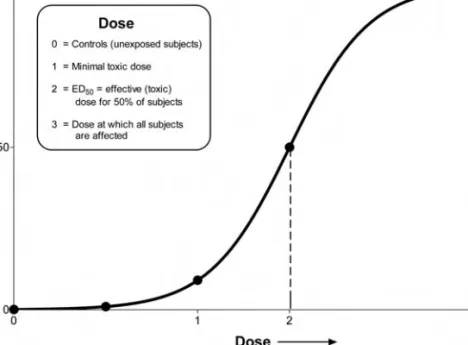
Toxic agents and their targets
If the dose is sufficient (and it can be a very, very small dose), the toxicity progresses to paralysis of the muscles that control breathing - the diaphragm. Here is the air concentration of the agent and T is the duration of exposure in hours. The typical response to a sufficiently high level of such substances is narrowing, or tightening, of the bronchi; it is accompanied by dyspnoea - the feeling that you cannot breathe.
Metal smelters also produce SO2 as a by-product, due to the presence of sulfur in the raw ores. Different chemicals affect different organs and systems of the body because of differences in the rate and manner of their absorption, distribution, metabolism and excretion. The latter is located in the upper part of the chest and withers away - atrophies - after puberty.
Lymphatic vessels are closely involved in several complex processes by which the body protects itself from foreign substances - the immune system. Some aspects of the endocrine system will be discussed below in the section on reproductive toxicity. The result of these disorders is, among other things, abnormal oxidation of fats in the liver cell walls.
Discharge of elemental mercury from a chemical plant in Minamata Bay created high levels of the element in the water. Perhaps the most important of the neurotoxic agents found in the environment is lead (chemical symbol, Pb, from the Latin word for lead, plumbum). This is the period of organogenesis, which means exactly what it seems to mean - the different organs of the body are generated, although at different times and rates.
Experimental studies show quite conclusively that the timing of exposure to a developmental toxicant – the time during pregnancy that the dose is received – is as important as the size of the dose.
Carcinogens
The abbreviation form is illustrated with benzo(a)pyrene shown in the shortened (right) and "long" form (left). Innovations in the chemical synthesis of dyes gave rise to one of the first major chemical industries. Differences in the rates of certain types of cancer in different regions of the country, different countries.
145 world, and in the same population studied at different times, gives an indication of the relative importance of various factors. Although there have been a number of successful modifications and refinements of the Armitage-Doll model in the 50 years since its publication, it is still generally considered correct. Metabolism to electrophilic substances is highly important, for example in the case of the aromatic amines referred to earlier.
The electrophilic group absorbs electrons from some of the nucleophilic centers of DNA. Toxicity to the gene is an important event in carcinogenesis, if the damage is passed on to the progeny of the cell that is initially attacked. Professor Bruce Ames, a biochemist at the University of California at Berkeley is one of the pioneers of this type of short-term testing.
The Berenblum–Shubik promotion studies, and hundreds of others that have been explored in the last five decades, have contributed substantially to our understanding of the carcinogenic process. Some chemicals appear to possess initiating and promoting properties—they are "complete" carcinogens—while others appear to be involved primarily in the promotion phase of the process.
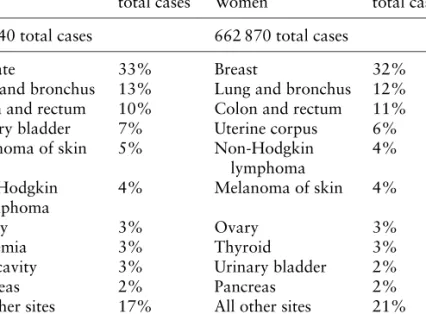
Identifying carcinogens
The last phrase of the definition makes this point, and it's not an empty line of tagging. As the elements of science and its methods of study are presented hereafter, its limits will become apparent. The death rate reflects both the incidence of the disease (how much cancer there is) and the results of medical interventions.
Association is not causation, but demonstrating that an association exists gives the epidemiologist part of the way to an answer. In the case of the cohort study, the goal is to determine whether the exposed group experiences a greater risk of cancer than the control group. For each type of cancer, the epidemiologist ranks the relative risk (RR) – the rate of cancer in the exposed group divided by the rate in the control group.
Let's remember that in the case of cohort studies, the epidemiologist tries to find out whether the studied phenomena -. 173 exposure to the suspected substance and the risk of cancer in the exposed group – are related. As with the animal toxicology experiments discussed in Chapter 3, the problem is "sample size," and this is one of the tricky problems that statisticians are born to help us with.
The problem is not necessarily in the conduct of the study (although it may be), but rather in how the results are transmitted to the world and interpreted by individuals with different, often conflicting, interests and backgrounds. The epidemiologist looks for exposures or factors, if any, that occur more frequently in the past lives of cases than in those of controls.
